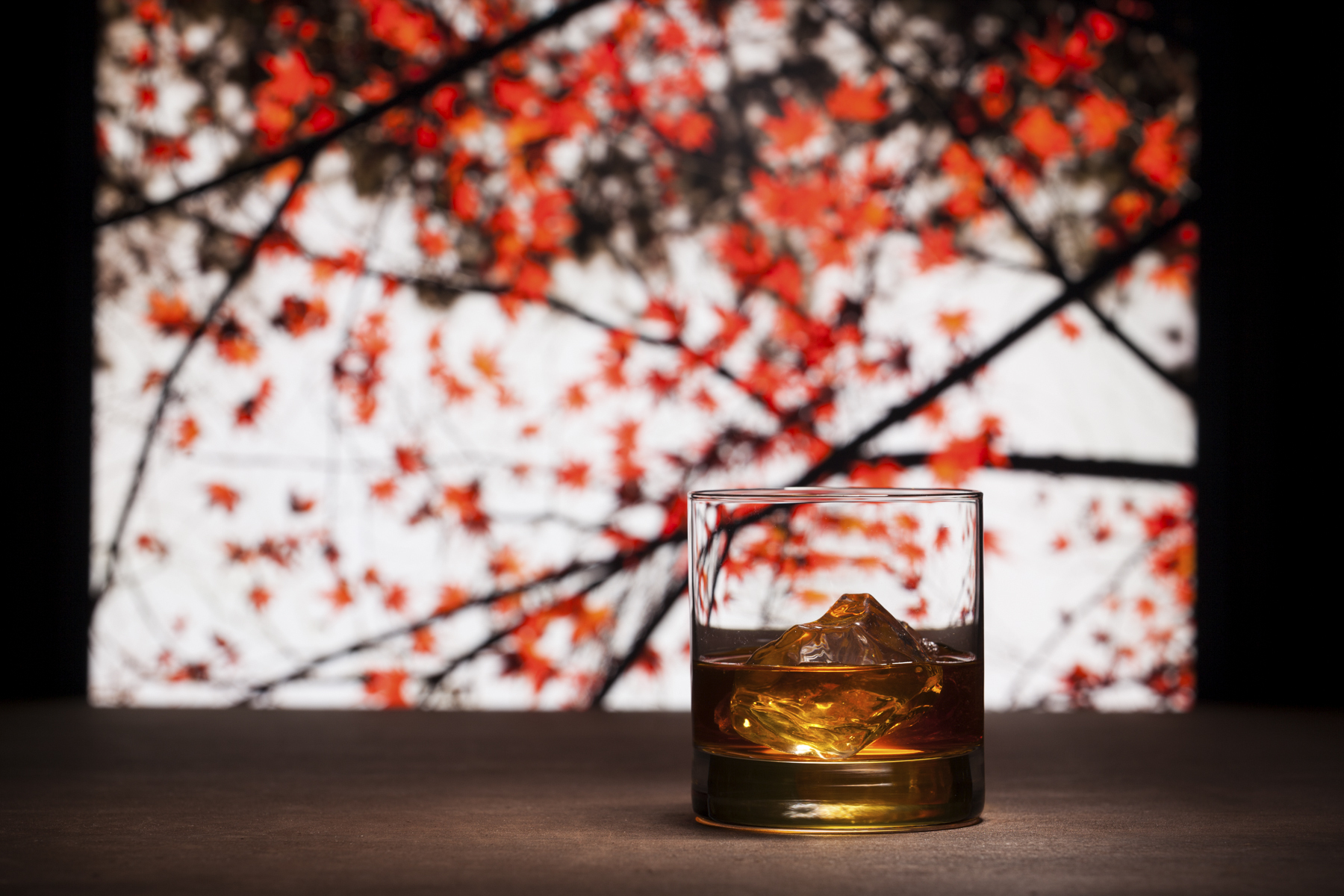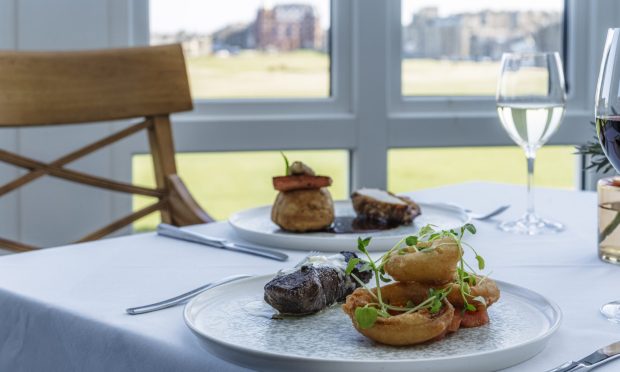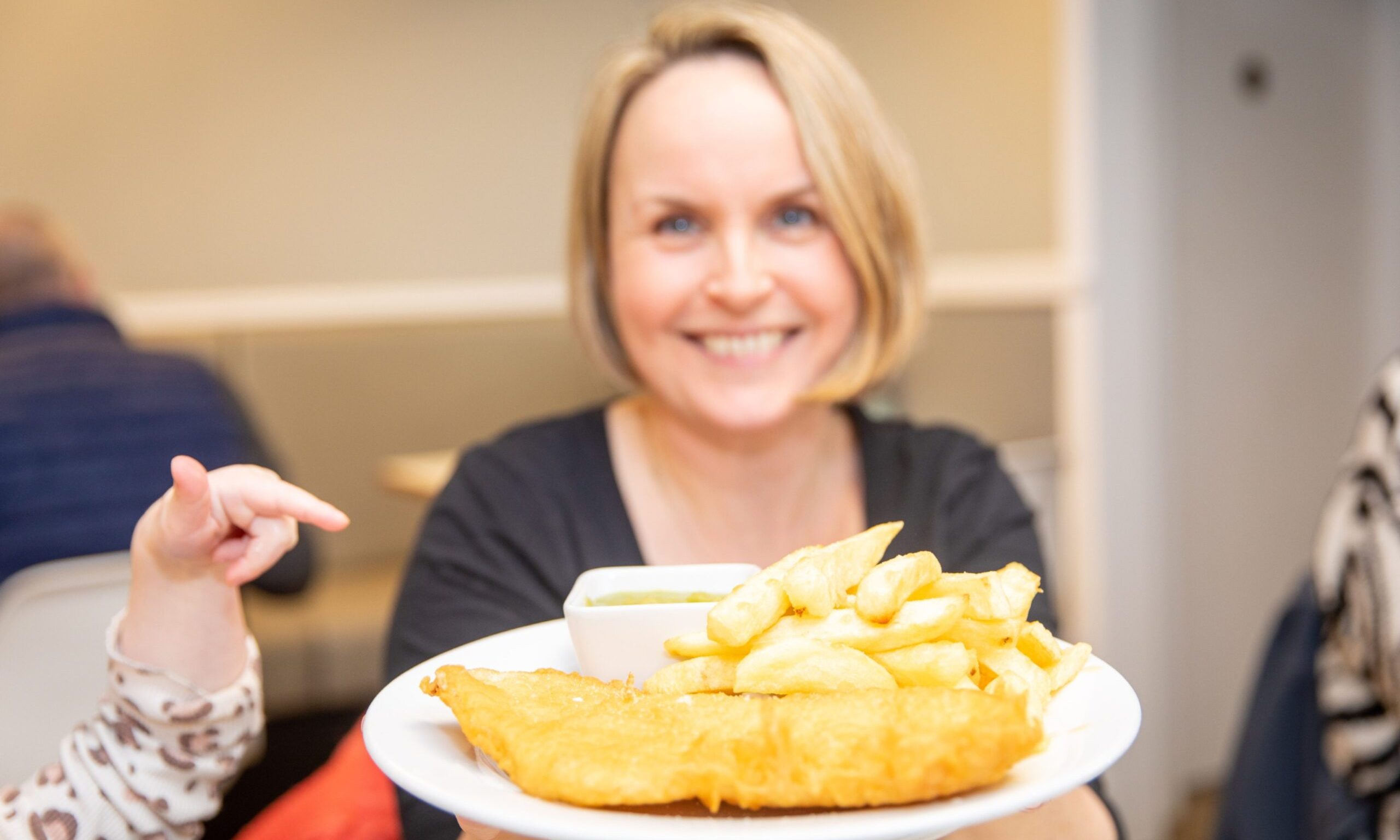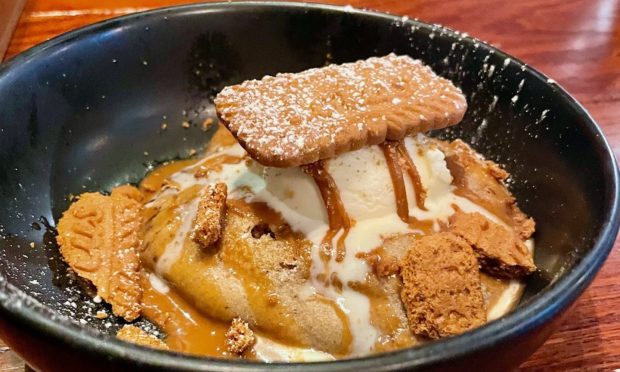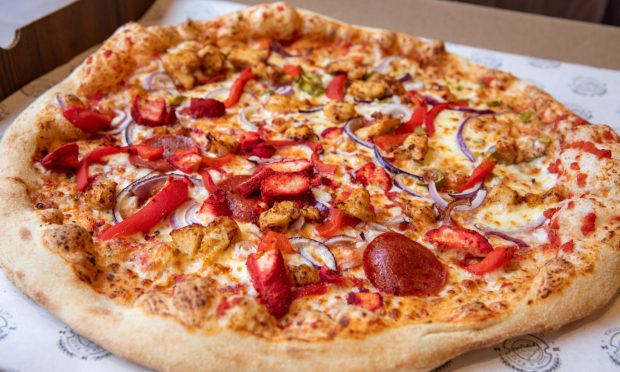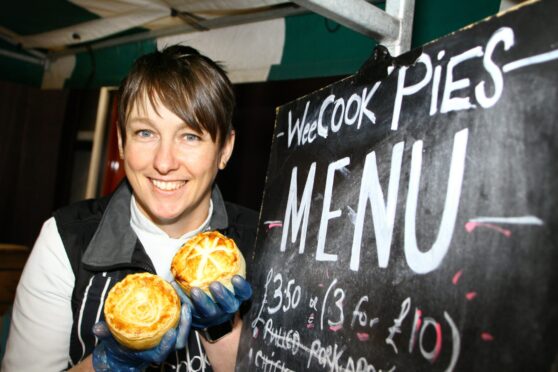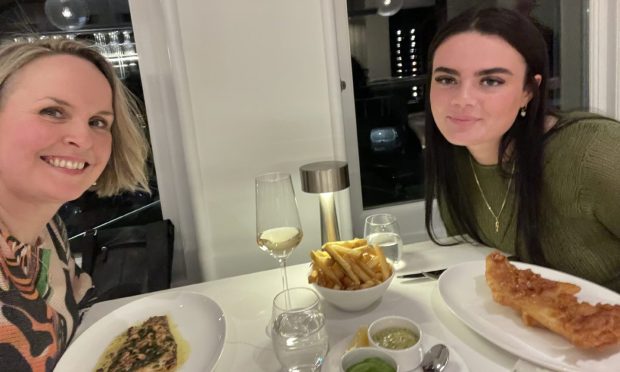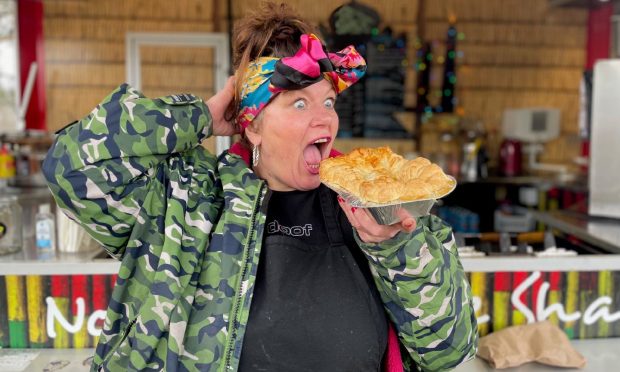Whisky was first distilled in Japan around 1870 but the first “big” distillery, Yamazaki, was built in 1924 after Masataka Taketsuru spent several years working in the Scotch industry, learning whisky distilling from the ground up. Since then their whisky industry has grown like Topsy and is today dominated by two giants, Suntory and Nikka.
Today seven Scots distilleries are Japanese-owned. Suntory owns five — Bowmore, Auchentoshan and Glen Garioch, plus Ardmore and Laphroaig, acquired in the recent Jim Beam takeover — and also the well-known Teacher’s brand. Nikka owns just one, Ben Nevis at Fort William, and Japanese conglomerate Marubeni owns Tomatin distillery near Inverness, plus The Antiquary and Talisman blends.
The industry in Japan produces a formidable range of blended whiskies, plus single and blended malts. Of that vast range, a great swathe is sold in the UK, mainly in specialist whisky shops, although some can be seen on supermarket shelves. Japanese high-end malts and blends are not cheap but experts regularly praise them as among the best whiskies you can buy. I have sampled only a few but all struck me as delectable.
I’m listing the “top five” that some of the cognoscenti tend to rave about. However, as is increasingly the case with Scotch single malts, most exist in a bewildering array of ages and finishes — and with prices ranging from the reasonable to the stratospheric, depending on age and from whom you are buying them. They are available from numerous online stockists but some of them may be lurking in your local supermarket or off-licence.
In roughly ascending price order they are: Nikka From The Barrel (no age, 50cl); Suntory’s Yamazaki Single Malt (12-year, 70cl, but older expressions are available); Suntory’s Hakushu Single Malt Distiller’s Reserve (70cl, no age statement); Nikka Taketsuru Pure Malt (17-year, 70cl); and Suntory’s Hibiki triple-distilled (70cl, at 12, 17 or 21 years).
The Yamazaki is the most widely-available, having been imported for decades. The Hibiki tends to be the most expensive but has won rickshaw loads of gold medals and other prizes.
Whichever ones you manage to track down, I hope you enjoy them.
